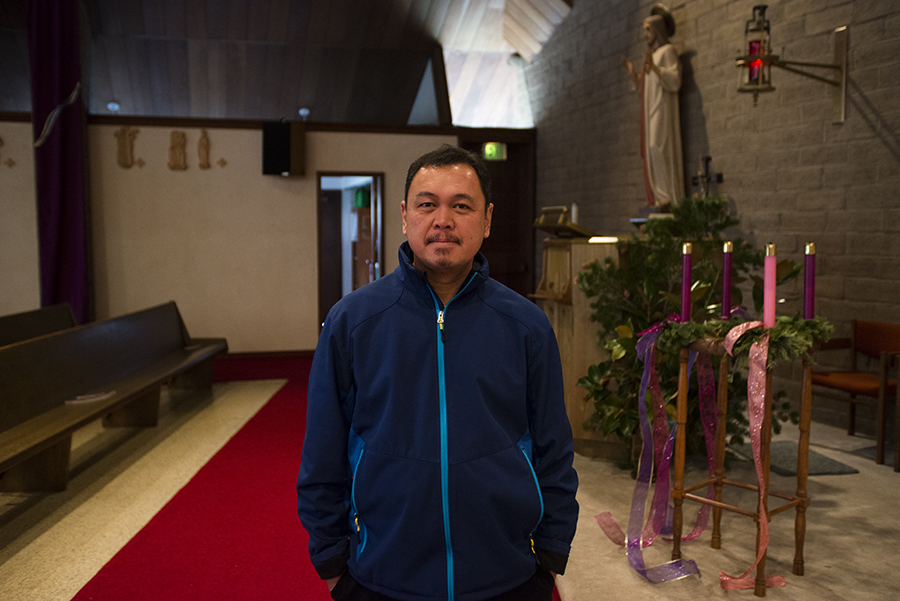On Nov. 7, Typhoon Haiyan barreled through the center of the Philippine archipelago. It had the strongest landfall ever recorded and its winds ranked it . . .
Priest back from Philippines with message of hope


On Nov. 7, Typhoon Haiyan barreled through the center of the Philippine archipelago. It had the strongest landfall ever recorded and its winds ranked it . . .